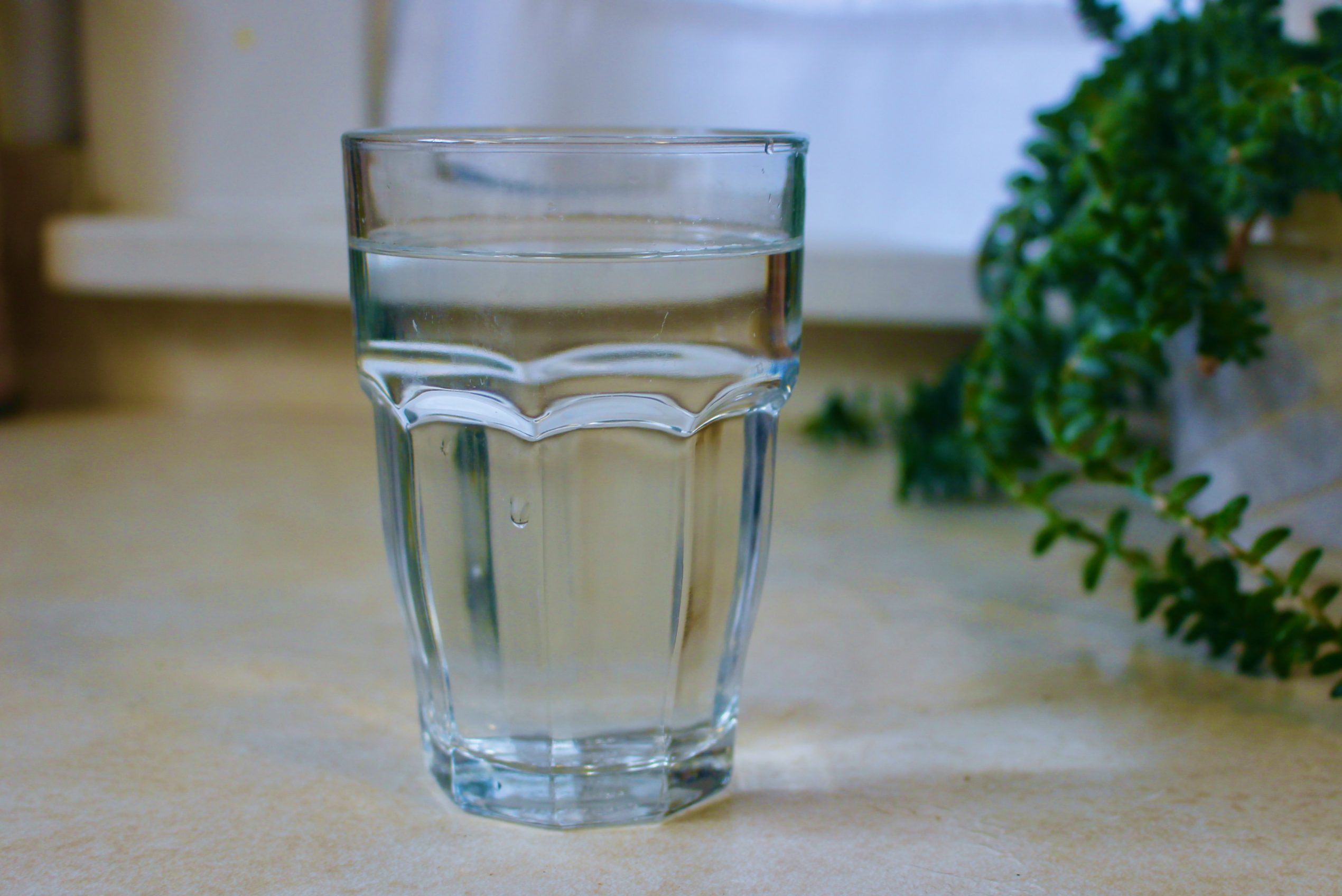When the Environmental Protection Agency published the federal Lead and Copper Rule in 1991, its purpose was to minimize the amount of lead (and copper) in drinking water. Before the rule, the EPA allowed 50 parts per billion of lead in water and required utilities to test for lead levels before the water entered the distribution system.
The rule changed testing procedures, established a goal of zero parts per billion of lead in water, and lowered the action level—the amount of lead that triggers a requirement that utilities take steps to lower lead concentration—to 15 parts per billion. It also outlined water treatment protocols to reduce corrosion of lead pipes.
But even if a community water system’s test results meet the EPA’s standards under the rule, it doesn’t necessarily mean every home’s water is safe. And basic information that could help target water quality testing is often missing.
Utilities check water for most organic and inorganic contaminants at the treatment facility, before it enters the distribution system and flows into people’s homes.
Lead is different.
Lead tests are done at customers’ taps—inside homes—rather than somewhere in the distribution system or at the treatment plant.
That’s because lead enters the water by leaching out of the pipes and plumbing it passes through—primarily service lines. Service lines run perpendicular to the water main in the street, connecting it to individual homes. They’re usually owned in whole or in part by the homeowner. And treated, lead-free water could become contaminated by the homeowner’s own piping before hitting the tap.
Continue reading this story at Keystone Crossroads »
###
 This story comes from our partners at Keystone Crossroads, a reporting project exploring the urgent challenges pressing upon Pennsylvania's cities.
This story comes from our partners at Keystone Crossroads, a reporting project exploring the urgent challenges pressing upon Pennsylvania's cities.



